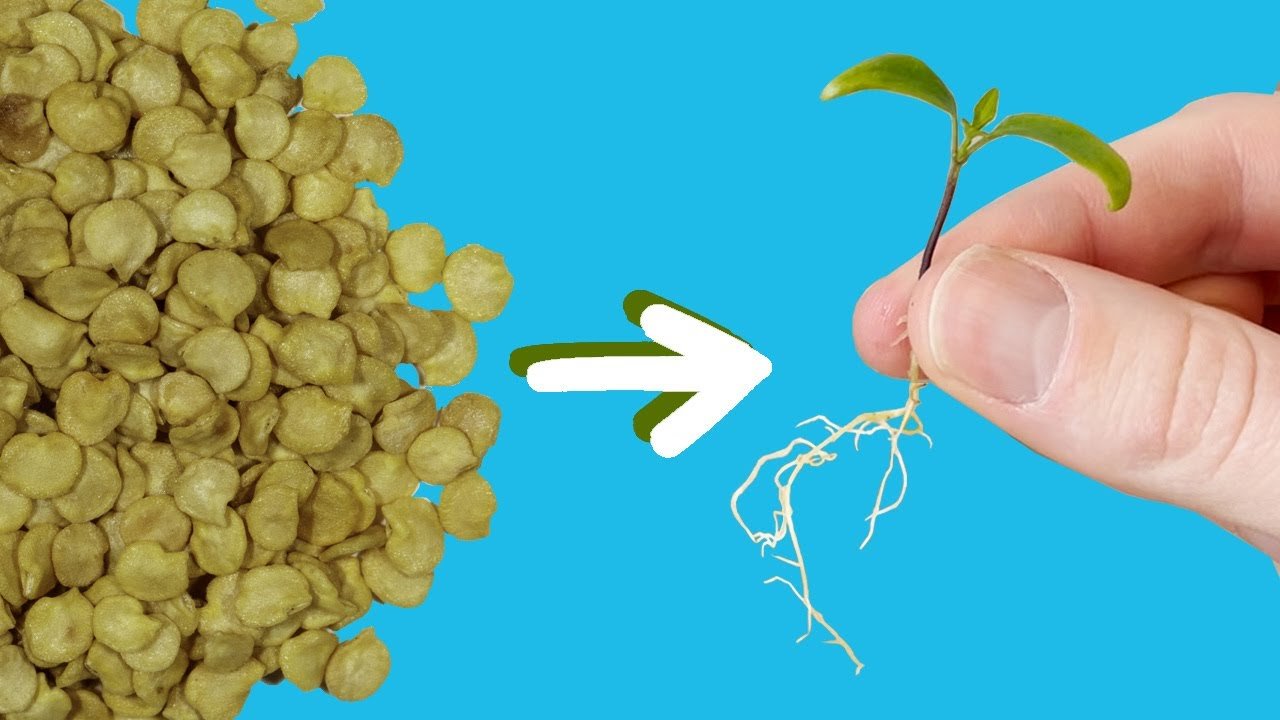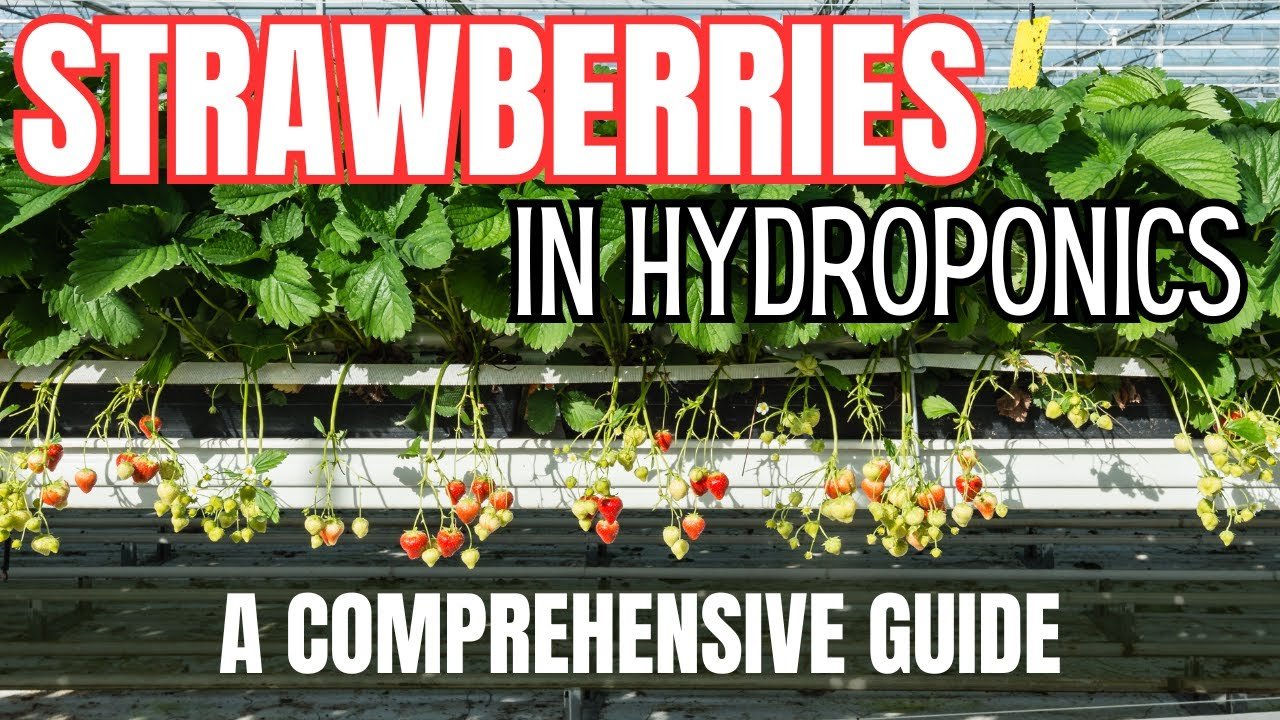Diving Into Hydroponics: A Journey of Trials and Triumphs
Sipping my lukewarm cup of coffee on a Tuesday morning, I couldn’t help but chuckle at the memory of my wild foray into the world of hydroponics a couple of years back. Living in a small town, the hustle and bustle is usually reserved for Friday night football games and the local diner. But there I was, deep in the backyard attempting to create my very own hydroponic paradise. Spoiler alert: It didn’t go quite as planned.
The Seed of an Idea
It all started one quiet evening when the smell of fresh basil wafted from the local farmer’s market. I couldn’t shake the thought; my thumb wasn’t exactly green, but I thought—hey, if they can do it, why can’t I? A little research led me down the rabbit hole of hydroponics, and the idea blossomed. I figured I could build an aquaponics system—where the fish and plants would thrive in a mutualistic bond.
After rummaging through my shed, I unearthed a bunch of materials: a couple of old plastic storage bins, some PVC pipe, and an aquarium pump that had seen better days. I even found some river rocks we used for landscaping years ago. My heart raced as I laid out my plans. This would be a great weekend project!
The Construction Chaos
With the sun peeking over the horizon, I dove into my project, armed with a somewhat dubious sense of confidence and an online tutorial open on my phone. I arranged the bins for water flow like a kid setting up a toy train track. My wife walked by, coffee in hand, and raised an eyebrow, but I assured her it would be a culinary game-changer.
Little did I know, my first stumbling block was only moments away. The pump, my noble steed, sputtered and wheezed before finally deciding to unleash a dribble of water rather than the steady flow I’d envisioned. “Alright,” I said to myself. “Let’s tweak the height of the water level.” A little bending of the PVC here, a bit of repositioning there—it felt like I was dominating the physics of water flow like a pro.
But boy, was I wrong!
Green and Grimy
Just when I thought I’d nailed it, I stepped back to admire my handiwork and noticed that the water started turning an unsettling shade of green. I swear—you could have matched it with swamp goo. I had no clue what was happening. In my quest to be eco-friendly, I’d somehow created a mini-ecosystem of algae. There was nothing graceful about it. Amidst all the joy of construction lay a pungent smell enveloping the backyard—a weird mix of dirt and fish food.
Rummaging through the internet late one night, I learned that all the nutrient balances and light cycles were vital. Fish can’t thrive in a green soup, and neither can plants! My enthusiasm quickly turned to frustration, but I was too far in to bail now.
The Fish Fail
Soon enough, it was time to introduce the fish. After much deliberation, I settled on tilapia since they grow fast, and let’s be honest, they seem pretty hardy. I named them, unreasonably attached, and envisioned myself tossing salads topped with home-grown ingredients and fresh fish. Reality, however, had other plans.
I remember floating in and out of sleep the first night. I woke up to my wife asking, “Did you check on the fish?” Panic set in. I raced outside, half-dreaming, half-fearful of what I might find. A couple of little bodies floated lifelessly at the surface. My heart sank. It felt like a betrayal. The water was murky, and I could only assume it was due to my amateur water-management skills. To say I was devastated would be a vast understatement.
The Little Victories
But you know, sometimes it’s not about winning right away. I tinkered with the water chemistry, adjusted the pump, and desperately tried to balance it all out. Meanwhile, the plants I’d put in—some lettuce, basil, and a few vibrant cherry tomatoes—were resilient. They thrived even amidst the chaos. Seeing those tiny green leaves shoot up was like a glimmer of hope in an otherwise disappointing endeavor.
Each small victory spurred me on. Thanks to leftover materials, I crafted an improvised grow light with some old LED bulbs I’d kept around. By this time, I was practically glued to my hydroponic experiment, juggling responsibilities, sleepless nights, and a wild dose of curiosity.
A Lesson in Humility
After a couple of weeks of failures and fleeting successes, I had to step back and re-evaluate my approach. The plants grew, yet the fish struggled. I learned that sometimes the results of our labor aren’t wrapped in pretty packages. Whether it’s the smell of algae or the sting of a fishy loss, the journey of experimenting comes with setbacks.
As months passed, I began recognizing that hydroponics was not merely about efficiency but a dance between nature and nurture. Those lessons—both the grim and the gratifying—reminded me of the importance of patience, resilience, and knowing that messing up is part of the game.
Still, I have a lot to learn, and perhaps I’ll try again one day. But if there’s anything I took away from that venture, it’s this: “If you’re thinking about doing this, don’t worry about getting it perfect. Just start. You’ll figure it out as you go.”
And who knows, in the backyard chaos of life, you might just find a little green paradise waiting for you.
Ready to dive into your own hydroponic adventure? Join the next session and let’s explore the mysteries of aquaponics together! Reserve your seat now!







Leave a Reply